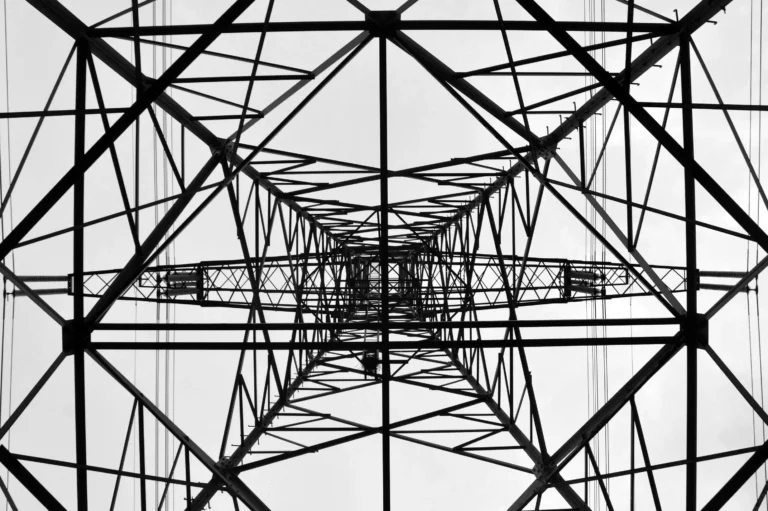MyHEAT
201-1228 Kensington Rd NW
Calgary, AB T2N 3P7
Canada
Experts on the Ground: The Benefits of Aerial Thermal Data
Energy loss insight from an energy advisor
“Thermography is such an important part of our business” says Len Koenig, Owner of Pure Energy Solutions Inc.
At MyHEAT, we are always interested in hearing from other experts in the energy efficiency field. When it comes to energy efficiency in the housing industry, the real experts on the ground are energy advisors. In Canada energy advisors are certified through Natural Resources Canada to use the EnerGuide Rating System. They work directly with residents to establish each home’s best path to energy savings.
Len Koenig reached out to our team to share insight on the validity he’s found comparing our heat loss data to what he discovers during home evaluations. He has been an energy advisor in Alberta, MyHEAT’s home province, for over 13 years and has performed thousands of energy audits using blower door tests on new and existing homes.
We sat down with Mr. Koenig last month to hear more about his experience using our platform. Here are the key messages:
The more information, the better
When Len sees a home on our platform with a lower HEAT Rating, his first thought is that it has had some energy-efficient upgrades. He frequently recommends that homeowners check out their home on the MyHEAT platform and share with friends and family. Having the bird’s-eye thermal view is a great way to open a conversation on energy efficiency.
“I know that what you are doing is going to be helpful,” Len added. “It would be nice to see it as part of the EnerGuide program.” We agree on that point, Len!
A building’s vintage strongly influences its efficiency
Len has tested homes built in different eras, from the early 1900s to brand new homes, and has found that each era can have different architectural designs and trends that lead to unique challenges with efficiency. For example, houses started to get more complex towards the end of the 1960s. The trend towards vaulted ceilings result in a higher potential for heat loss through the roof.
The MyHEAT algorithm is designed to compare homes of a similar type, rather than comparing a row-house from the early 1900 to a modern detached two storey.
But, a new home doesn’t always mean an efficient home
Len noted that builders are much more conscious and educated now when it comes to building efficient homes. However, he continues to find issues when evaluating in new home constructions.
At MyHEAT, we occasionally get questions from owners of newer homes with higher HEAT Ratings who believe their home to be as efficient as possible. In one particular instance, our platform helped a homeowner discover that, while their home was very efficient overall, their bathroom fans were disconnected and leaking warm, humid air into their attic space. Just because a home is new or may seem efficient doesn’t mean the hidden problems don’t exist!
Driving energy-saving action with expertise in thermal imaging
Since 2016, MyHEAT has used high-resolution thermal imaging (‘thermography’) to map energy loss for over 20 million buildings across North America. During this time, we have become experts in thermal infrared energy loss mapping, and we constantly seek to improve our knowledge and methods.
Our goal is to engage homeowners and empower urban energy efficiency. We do not set out to diagnose issues in a home, but our platform serves as the first indicator that a homeowner should reach out to those who can help them with their next steps. We typically partner with utilities and other agencies offering incentives to assist homeowners with energy-efficient improvements.
If you are interested in learning more about your home’s efficiency, check it out on the MyHEAT platform or contact a local energy advisor who can provide expert advice on your detailed path to savings.
Contact us at solutions@myheat.ca to find out how to provide the MyHEAT platform to your energy customers.
Written by:
Daygan Fowler, Energy Efficiency Program Manager at MyHEAT


